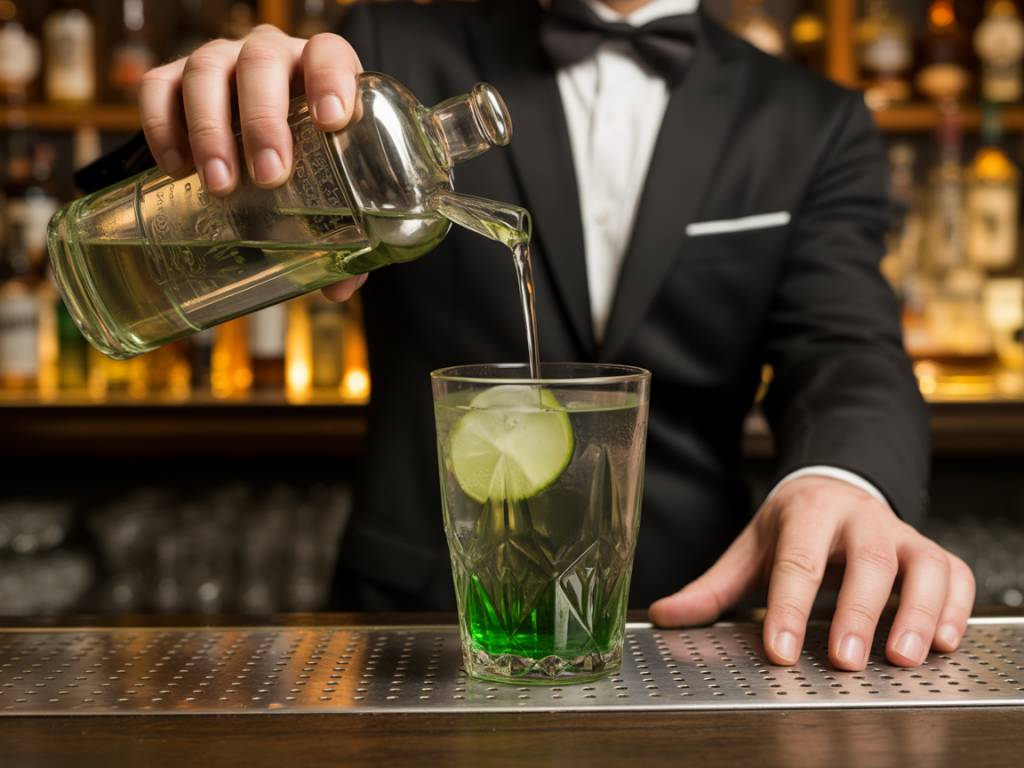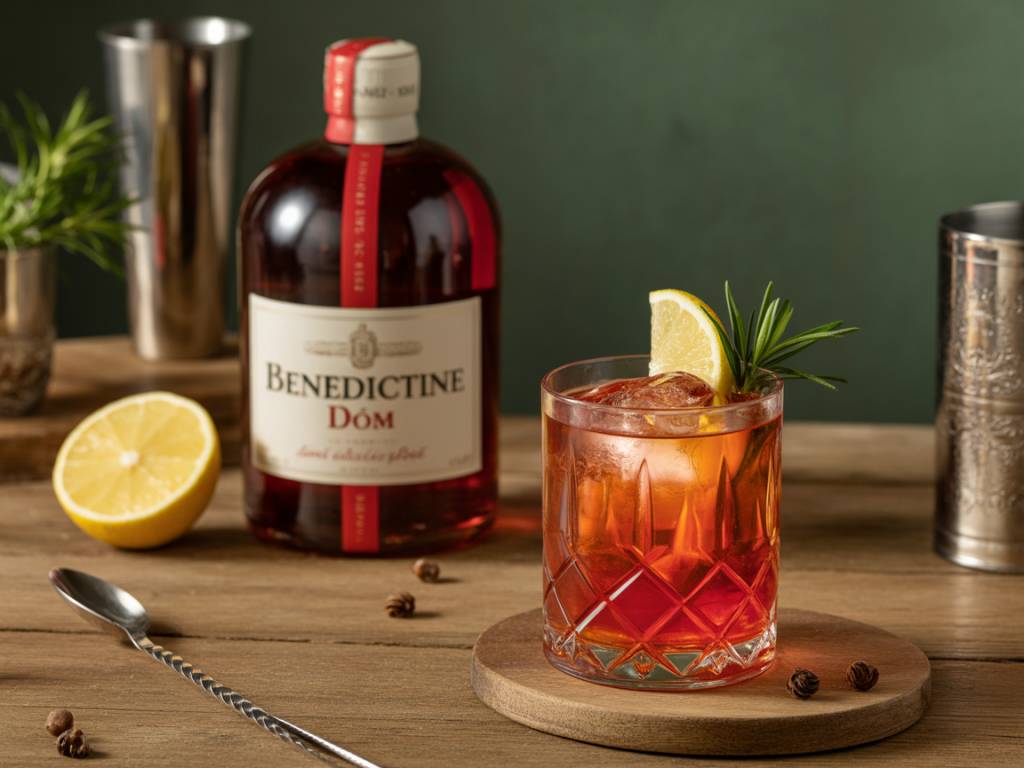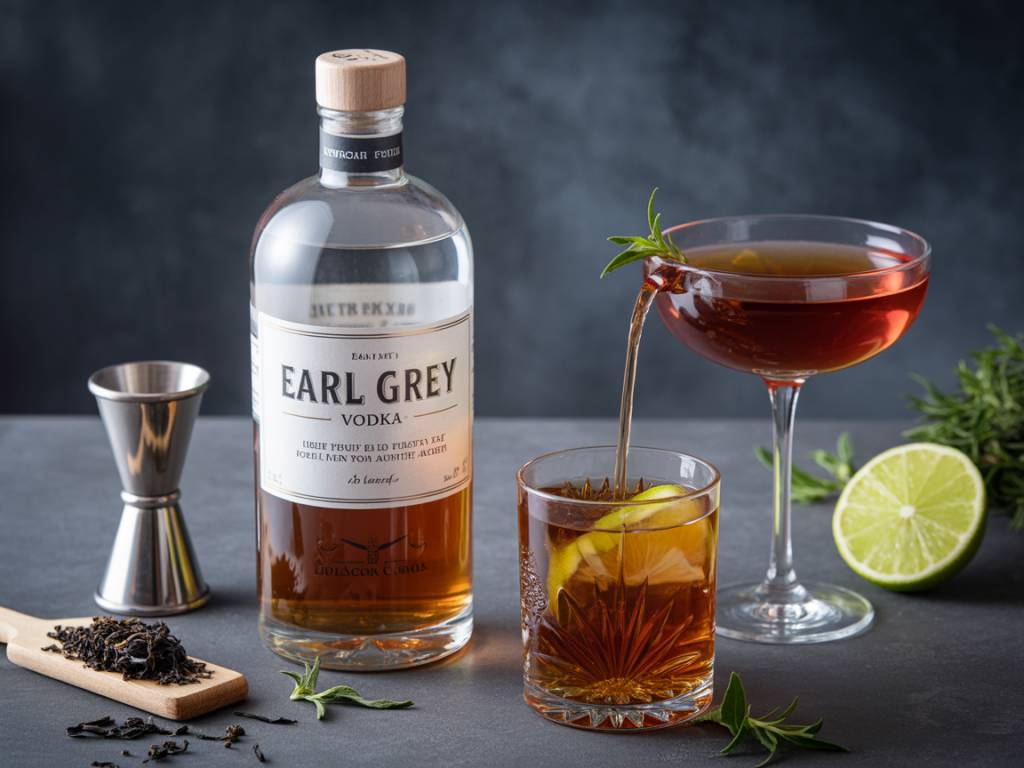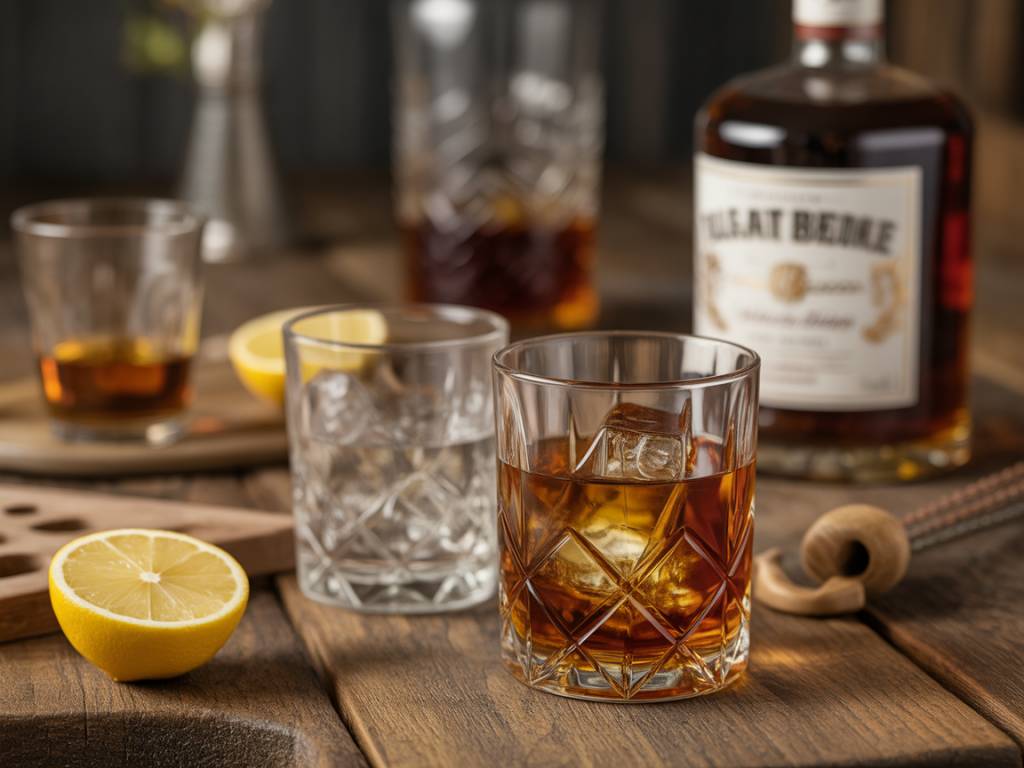Absinthe: The Green Fairy Makes a Comeback
Absinthe has always had a bit of a mystique: louche, herbaceous, and yes – once completely banned in the U.S. for nearly a century. Today, it’s back in the spotlight, and bartenders are finally giving this misunderstood spirit the attention it deserves. Whether you’re a curious home mixologist or someone who vaguely remembers that one night in Prague… don’t worry. We’re diving deep into how bartenders actually recommend drinking absinthe—in ways that respect its history and highlight its seriously underrated versatility.
First Things First: What Exactly Is Absinthe?
Absinthe is a high-proof, anise-flavored spirit made from botanicals, primarily wormwood (artemisia absinthium), green anise, and sweet fennel. Traditionally bottled between 45% and 74% ABV, it’s not something you shoot or drink neat—unless you enjoy a raging fire in your esophagus.
That said, it’s not something to fear. When used correctly, absinthe adds complexity, depth, and a beautiful botanical punch to cocktails. Some styles are crystal-clear (blanche), while others come in that signature green hue (verte). Flavor-wise, think licorice, fresh herbs, and a touch of bitterness.
The Classic French Ritual
If you’re going to drink absinthe like the old-school bohemians did, this is how you do it. And no—there’s no sugar cube flambéed on a spoon involved. That modern « fire show » is pure theater and has no place in a good bar. Here’s the right way:
- Start with 1 ounce of absinthe in a stemmed glass.
- Place a special absinthe spoon across the rim with a sugar cube on top (optional, especially if you’re using a sweeter brand).
- Slowly drip 3 to 5 ounces of ice-cold water over the sugar cube (a small carafe works, or use a slow-pour from a bottle).
You’ll notice a milky cloud forming as the absinthe louches—which is basically the essential oils reacting with water and coming out of solution. That’s when you know you’re doing it right. The final drink should be cool, aromatic, and around 12–15% ABV, which makes it more sessionable than its original bottle strength.
Absinthe Drip: Vintage Style, Modern Purpose
One of my regulars back at The Dry Stone (a no-nonsense cocktail bar I used to work in), would come in and always ask for an absinthe drip—said it was his way of slowing down after a rough day. We’d make it how the French intended: slow, deliberate, and without a lighter in sight. What I appreciated most? It forced him to stay a while, to appreciate the ritual. If you want to truly understand absinthe’s character, this is the entry point.
The Bartender’s Trick: The Rinse
This method is all about restraint—and it’s how many professionals introduce absinthe to first-timers without overwhelming the palate. Here’s how it works in practice:
- Pour a small amount of absinthe (around 1/4 oz) into a chilled glass—typically a rocks or coupe glass.
- Roll the glass gently, coating the interior, and then discard the excess.
- Build your cocktail in the rinsed glass for a subtle floral and herbal undertone in every sip.
This approach is widely used in classics like the Sazerac, where absinthe acts as a stage-setter rather than a spotlight performer. It adds aroma and a whisper of complexity without polarizing the guest. If you’re skeptical of the licorice notes, start here.
Go Classic: Cocktails Featuring Absinthe
Absinthe doesn’t exist in a vacuum—in cocktails, it’s often used as a backbone element. While it rarely takes center stage (outside of that traditional drip), it plays a crucial supporting role in some of the best drinks out there. Here are a few standouts:
Sazerac
- 2 oz rye whiskey
- 1 sugar cube
- 3 dashes Peychaud’s bitters
- Absinthe rinse
Muddle the sugar with bitters, add rye and ice. Stir until well chilled, strain into an absinthe-rinsed glass. Express a lemon twist over the top. Simple, strong, sophisticated.
Corpse Reviver #2
- 1 oz gin
- 1 oz Cointreau
- 1 oz Lillet Blanc
- 1 oz lemon juice
- Dash of absinthe
Shake with ice, strain into a chilled coupe. This pre-Prohibition eye-opener is a brunch hero—but don’t have more than two, as the old saying goes: “Four of these and you’ll be pushed into the grave.”
Death in the Afternoon
- 1 oz absinthe
- Top with chilled Champagne
Ernest Hemingway’s contribution to the cocktail world. Bubbly meets botanical in a surprisingly smooth, dangerously drinkable sipper. Just pace yourself. Seriously.
Trying It Neat? Know What You’re Doing.
Some bartenders (especially in Europe) might offer absinthe neat—in small pours—and served very cold. The chill takes the edge off the alcohol and lifts the essential oils. This isn’t for everyone, but if you’ve got a high-quality absinthe (like Jade 1901, Vieux Pontarlier, or St. George), it can be a flavor deep-dive worth trying.
That said, I’ve seen too many guests shoot it like it’s tequila. Don’t. Just don’t. You’re not winning a dare. And your palate will thank you later.
Absinthe in Modern Mixology
Absinthe’s aromatic intensity makes it a favorite tool for creative bartenders. Because you don’t need much to make an impression, it brings massive ROI in cocktail design. I’ve used it in everything from clarified milk punches to frozen slushies—always looking for that unexpected botanical twist.
One twist I’ve loved lately is subbing in absinthe for bitters in a house martini variation at a pop-up I worked recently. Just a single drop in chilled gin and dry vermouth surprised guests and added an herbal lift that got people talking. That, to me, is what absinthe is all about: the subtle art of surprise.
What to Look for When Buying Absinthe
You don’t need to go top-shelf right away, but avoid the cheap novelty brands loaded with artificial coloring and weak botanicals. Real absinthe shouldn’t glow like antifreeze. Here’s what bartenders tend to look for:
- Natural ingredients: No neon green dyes or artificial flavors.
- Proof: Aim for above 50% ABV for authenticity and proper louche.
- Transparency: Reputable producers (like Leopold Bros., St. George, and Jade) publish their botanical profiles.
And hey—you don’t need a $100 bottle to get started. Something around $40–$60 will give you quality for sipping, mixing, and even showing off a bit behind your home bar.
Tips for Serving Absinthe at Home
Thinking of adding it to your next cocktail night or themed gathering? Good idea. Here’s how to serve it the right way:
- Chill your glassware beforehand—absinthe loves a cold surface.
- Serve with a small carafe of iced water for the drip ritual.
- Offer citrus peels—lemon zest amplifies absinthe’s bright side.
- Have a few classic cocktail recipes printed and available for guests to try.
A tip from my own parties: Create a “Sazerac station” where people can try the rinse technique themselves—it gets guests interacting with the spirit hands-on, and that always leads to great conversation.
Final Word from Behind the Bar
Absinthe isn’t just a throwback or a novelty; it’s a powerful flavor tool that deserves some respect. Bartenders don’t drink absinthe recklessly—instead, they use it to highlight, elevate, and accentuate. Whether in a dilute drip, a delicate rinse, or a cocktail classic, this green-hued legend has earned its spot on the backbar for a reason.
And if you’re still unsure? Drop a dash into your next drink and see what happens. The Green Fairy just might surprise you.





